Tomar Portugal
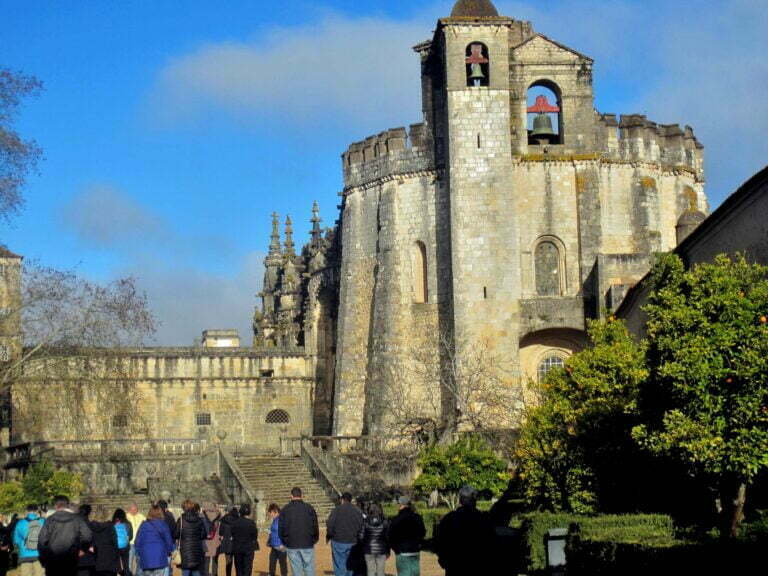
Convent of Christ in Tomar is located on the Nabao River, a tributary of the Zêzere, northeast of Lisbon, central Portugal, and was a UNESCO World Heritage Site from 1983 onwards

Convent of Christ in Tomar is located on the Nabao River, a tributary of the Zêzere, northeast of Lisbon, central Portugal, and was a UNESCO World Heritage Site from 1983 onwards
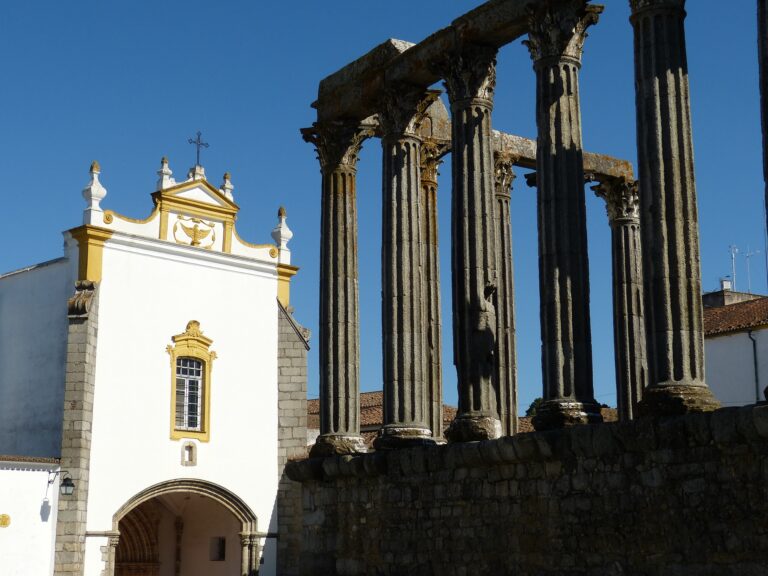
Evora is a museum-city that lies in a fertile valley surrounded by low hills, east of Lisbon, Portugal, and was a UNESCO World Heritage Site from 1986 onwards.
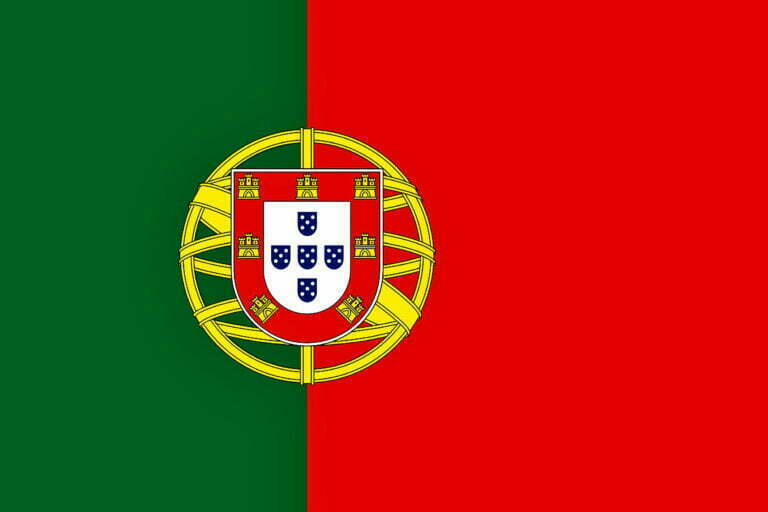
UNESCO World Heritage Sites Portugal includes 17 places in total, 16 designated as cultural and 1 natural. There are a further 19 names on the tentative list

Canal du Midi, or Midi Canal, and commonly referred to as the French Canal du Languedoc, is a historic canal in the Languedoc region of France and was a UNESCO World Heritage Site from 1996 onwards

Lyon, also spelled Lyons and commonly referred to as Lyon, is in the Auvergne-Rhône-Alpes region of France and was a UNESCO World Heritage Site from 1998 onwards.

Cathedral of Notre-Dame lies at the eastern end of the Île de la Cité, Paris, France, and was a UNESCO World Heritage Site from 1991 onwards.
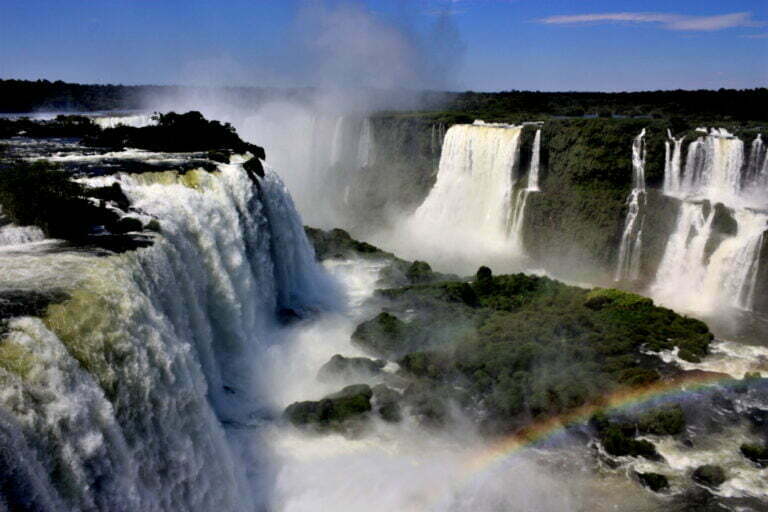
Iguaçu Falls, part of Iguaçu National Park in Paraná State, Brazil, shared with Iguazu National Park in Argentina, was a UNESCO World Heritage Site in 1986.

Iguazu falls tours both sides: comprise Iguazu falls in Argentina and Iguaçu Falls in Brazil were designated as UNESCO World Heritage Sites in 1984 and 1986.
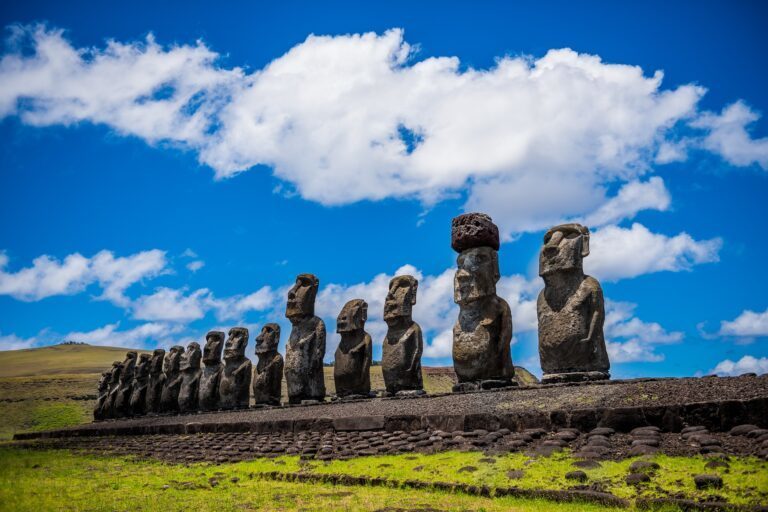
Easter Island, also known as Rapa Nui or Isla de Pascua in Spanish, is a Chilean territory located in the remote eastern Pacific Ocean, roughly 2,300 miles west of the Chilean coast and 2,500 miles east of Tahiti. Covering approximately 64 square miles, Easter Island is renowned for its extraordinary stone statues, known as Moai, numbering nearly 900, which were crafted by skilled artisans and engineers. These enigmatic sculptures remain unique in the realm of Polynesian culture. The purpose of these colossal figures and the techniques used to create and transport them continue to be subjects of speculation. This isolated island, the easternmost point of Polynesia, boasts a landscape adorned with these massive stone statues and other archaeological wonders. Easter Island’s history is marked by ecological challenges, including deforestation and resource depletion, which, according to some research, contributed to the decline of the ancient Rapa Nui civilization.
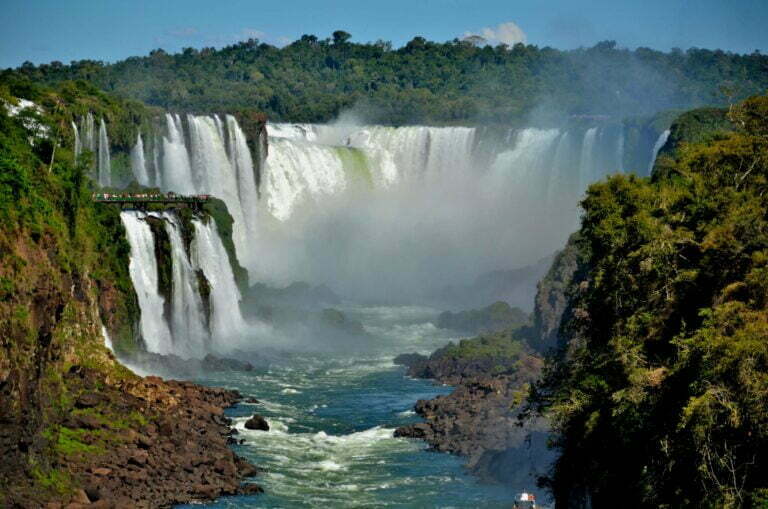
Iguazu National Park, or Iguazu Falls, is located in Misiones Province in the northeastern tip of Argentina and was a UNESCO World Heritage Site from 1984 onwards

Perito Moreno Glacier is in Los Glaciares National Park, situated in the southwest of Argentina's Santa Cruz Province, and has been designated a UNESCO World Heritage Site since 1981. This park is renowned for its natural wonder, the Perito Moreno Glacier, which is among the most captivating attractions in Argentine Patagonia. As one of the 48 glaciers within the Southern Ice Field of Patagonia, the Perito Moreno Glacier ranks among the largest. The sheer size of the Perito Moreno Glacier is awe-inspiring. This glacier spans 3 miles in width and is approximately 700 meters deep at its deepest point, covering an area of 100 square miles. It ranks as the third-largest freshwater source globally, after the Antarctic and Greenland ice sheets. The glacier has been forming for around 18,000 years, with its growth defying the global trend of glacier retreat associated with climate change.
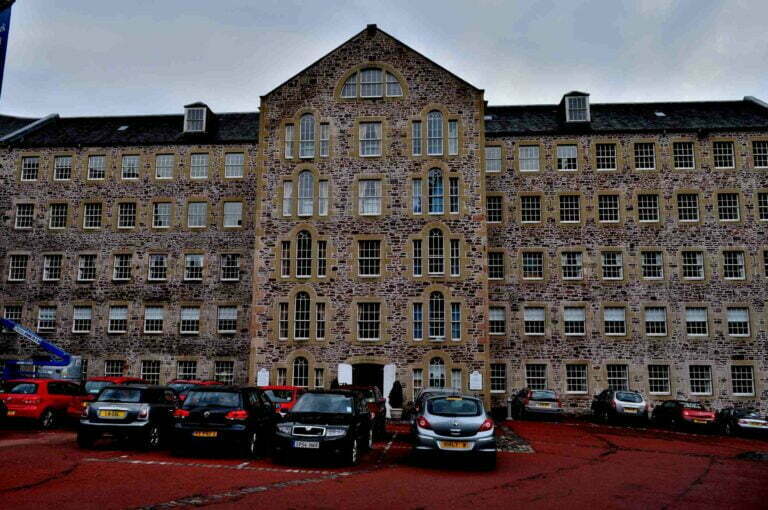
New Lanark is a historic village located in Scotland, near the town of Lanark, UK. The village of New Lanark was established in the late 18th century by David Dale, a Scottish businessman and philanthropist. Dale was a partner of Richard Arkwright, the inventor of the water frame spinning machine, which revolutionized the textile industry. New Lanark became famous for its cotton mills, which were powered by the fast-flowing waters of the River Clyde. In 1786, Dale purchased the land and established the cotton mills, harnessing water power for the production of cotton thread and cloth. The village quickly grew around the mills as workers and their families settled there. The most significant period in New Lanark’s history is associated with Robert Owen, who became the manager of the mills in 1800. Owen was a social reformer and visionary who implemented progressive and groundbreaking ideas for the well-being of the workers and the community.